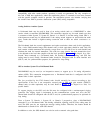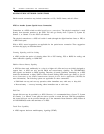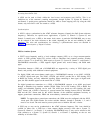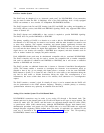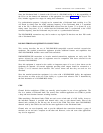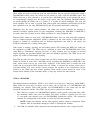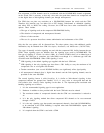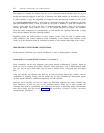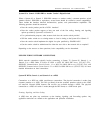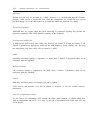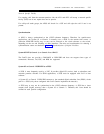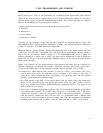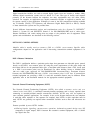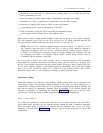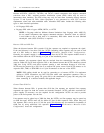
NETWORK CONNECTIONS AND CONFIGURATIONS
2-13
System 85 or Generic 2 ISDN-PRI to Another Vendor’s Digital Switch
When a System 85 or Generic 2 ISDN-PRI connects to another vendor’s customer-premises switch
(another vendor’s ISDN-PRI or equivalent), several items should be verified to ensure compatibility.
These include the interface electrical characteristics, options, and synchronization capabilities. The
following questions should be answered:
●
●
●
●
●
●
Does the vendor product provide a DSX-1 interface?
Does the vendor product support at least one each of the line coding, framing, and signaling
options provided by System 85 or Generic 2?
For synchronization purposes, what stratum clock does the vendor switch provide?
Will the vendor switch act as a timing master or slave its timing to the System 85 or Generic 2?
Does the vendor switch implement the digital loss plan specified by EIA/PIN-1429?
Can the vendor switch be administered for either the user side or the network side as required?
Depending on the answers to these questions, basic compatibility can be determined.
ISDN-PRI PUBLIC-NETWORK CONNECTIONS
Public network connections typically involve connecting a System 75, System 85, Generic 1, or
Generic 2 to a 4ESS. Refer to System 85 R2V4 to 4ESS Via ISDN PRI Access (555-037-232),
DEFINITY Communications System Generic 1.1 to 4ESS Via ISDN PRI Access (555-037-234), and
DEFINITY Communications System Generic 2.1 to 4ESS Via ISDN PRI Access (555-037-235) for more
detailed information on these connections.
System 85 R2V4, Generic 1, and Generic 2 to a 4ESS
Connections to a 4ESS are called special-access connections. The physical connection is made from
customer premises to a 4ESS. Toll calls go directly from the customer premises switch to the AT&T
toll network. Network ISDN features and services are available through a 4ESS. The physical
connection to a 4ESS toll switch is made (through the DIF frame) to a SM9 circuit pack.
Framing, Signaling, and Line Coding
A 4ESS does not place any restrictions on the framing, signaling, and line-coding options. Any
applicable restrictions are related to the application and particular installation.



